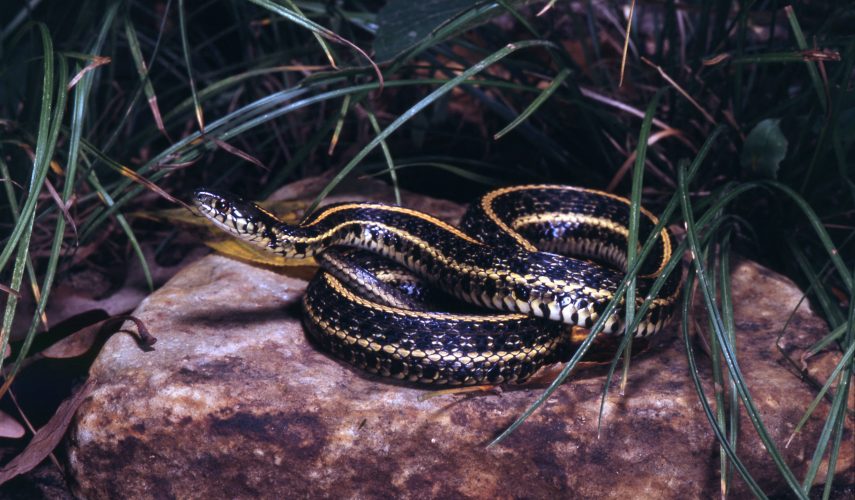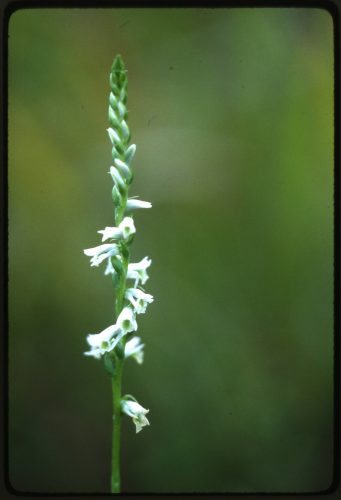Natural History is Ohio History!


When you think of Ohio history, the first things to come to mind might be Ohio’s military history, presidents and national politics, and the important manufacturing industries with Ohio roots. But, did you know that natural history is history, too? The plants and animals that call Ohio home today have long histories with their own evolutionary ancestors, that long predate Ohio’s ancient, human inhabitants, and have shaped Ohio’s landscape throughout time.
This year, the Ohio History Connection will host its Wild Ohio Week programming virtually, from January 25th-30th. This year’s guests include naturalists, scientists, and researchers from organizations across the state dedicated to studying and conserving the plants and animals that call Ohio home, and teaching us ways we can protect Ohio’s wildlife.

Although many naturalists study living organisms and preserved specimens, archival collections documenting natural history, as well as the processes and studies conducted by earlier naturalists, help us understand Ohio’s wildlife today. Ohio Memory features several archival collections documenting Ohio’s natural history, including wildflowers, snakes, birds, insects, extinct animals and more!
Ohio native Ralph Ramey, who also served as former Chief of the Division of Natural Areas and Preserves with the Ohio Department of Natural Resources, documented flowers, plants, birds, and other features of Ohio’s natural landscape over the course of his lifelong career and travels throughout Ohio. His brightly-colored photographs capture the elegant and delicate details of many wildflower species, sometimes showing butterflies and other insects, for which these are an important food source.
Even though the cold weather often keeps us inside this time of year, there are many active bird and mammal species to observe in our own backyards! Consider starting a journal documenting the birds visiting your feeders, or the plants and animal tracks you spot on your next hike. Fort Recovery, Ohio, resident Opal Ashcraft documented the birds and flowers she saw around her farm in the 1950s in her diary which she called her “Pal Book,” and sometimes included feathers taped inside and drawings of the birds and plants she saw. Sources like these not only provide insight into Opal’s life, but also document wildlife in a specific region during a specific time period, and can be of use to future historians in a variety of ways.
Enjoy browsing Ohio Memory’s natural history collections, and we hope you join us for Wild Ohio Week!
Thanks to Kristen Newby, Digital Projects Coordinator at the Ohio History Connection, for this week’s post!



Leave a Reply
You must be logged in to post a comment.